When director Todd Phillips created the original Joker movie in 2019, plenty of conversations surrounding the film were more interesting than the actual film itself. As stated in my side of a double-review article Full Circle published upon the film’s release, I found myself dumbfounded at the controversy surrounding the film. Was this apolitical, predictable, Scorsese homage-filled movie what people feared would incite real-life violence? Fortunately, Joker would come and go without incident in its theatrical release, garnering box-office success and several award nominations, including Oscar wins for things like Best Actor and Best Original Score. There was no real dangerous impact, as the film was harmless. In a way, Joker: Folie à Deux feels like a commentary on the whole debacle.
Todd Phillips returns to the director’s chair for this pseudo-musical sequel, with Scott Silver returning to co-write the film with Phillips. Joaquin Phoenix returns after his Oscar-winning performance from the original film as Arthur Fleck, with new cast additions such as Brendan Gleeson as Jackie Sullivan, a guard at Arkham State Hospital, Catherine Keener as Arthur’s Lawyer Maryanne Stewart, Harry Lawtey as District Attorney Harvey Dent, and most importantly Lady Gaga as Harleen “Lee” Quinzel. It’s a cast and crew that is as talented as the one in the previous film, but is Joker: Folie à Deux as unambitious and empty as the first film? The answer to that is a resounding no.
This new Joker movie from Todd Phillips is the complete opposite of what was released in 2019. It’s a sequel that is as bold and ambitious as follow-ups to commercial successes can get. Right from the opening animated sequence of the movie, you can tell that Phillips is deliberately trying to stylistically and thematically create a story that clashes with the first movie. The premise of Joker: Folie à Deux revolves around the trial of Arthur Fleck and whether his destructive actions in the first movie resulted from a shattered psyche and an alternate “Joker” persona or if Arthur is mentally fit to stand trial as his own person.
In the middle of the media spectacle surrounding Arthur’s appearance in court is the sudden fame he’s receiving as the Joker. Arkham inmates look up to him, while security guards at the mental institution berate and abuse him for their entertainment. It’s only one particular patient at the facility, Lee, who really seems to captivate Arthur as he’s forced to reckon with the consequences of his actions and what precisely the “Joker” persona is to him. With the stage set, Joker: Folie à Deux hits the ground running with fantasy musical sequences playing out in Arthur’s head, further cementing the bold departure from the first movie.
Looking at Joker: Folie à Deux through a meta-contextual lens, it’s absolutely fascinating to see how the events of the first film are broken down via a courtroom drama. Much like Joker (2019), Arthur is nowhere near as impressive, impassioned, or influential as characters like Lee (or, in the case of the first film, how some viewers may have perceived the character) make him out to be. The film presents an interesting dynamic between Arthur and Lee, subverting expectations by having Lee be the one who is much more manipulative in the relationship.
Gaga gives a good performance as the character; however, she doesn’t fully justify the top billing with Joaquin Phoneix. The actor gives a tragic and unstable performance as Arthur, almost making it feel like he never really left the character behind. However, whenever Gaga’s performance doesn’t rely on a musical sequence and is in a more quiet and character-driven moment, it falls somewhat flat.
One thing that hasn’t changed between films is the sincere lack of subtlety in delivering the thematic points. Thankfully, it’s done tastefully, whether it be through a looney-tunes animated sequence or a beautifully shot musical number. Joker: Folie à Deux presents Arthur’s struggle with his identity as bluntly as possible, but it’s hard not to respect the lengths to which Phillips and the rest of the production team go to make it as creative and engaging as possible.
What I applaud most about the script of this film is how it makes so much of the advancement of the story and characters purely through internal thought processes in Arthur’s head. Whether it be through insane dance numbers and covers of classic songs, nothing happens in the “real world” of the film except for Arthur’s court appearances and his struggles at Arkham. This clear separation is expertly caught on camera by cinematographer Lawrence Sher, whose camera work, lighting, and use of color clearly and beautifully separates fantasy from harsh reality. If Phoenix and Gaga carry the movie through its fantastical dream sequences, the supporting cast deftly carries everything happening in reality.
Keener as Maryanne Stewart and Gleeson as Guard Jackie Sullivan do fantastic work, representing the dichotomy of how people treat and perceive Arthur. One feigns sympathy, attempting to get him out of the electric chair by claiming split personality; the other exploits him in the prison system in an abusive relationship that is nerve-wracking to watch. The talent on screen isn’t wasted, making Philliips’ version of Gotham feel real and constantly changing.
Hildur Guðnadóttir also returns to deliver yet another haunting score for this film. The strings and instruments feel as if they’ve evolved, bringing a much more tragic air to the character of Arthur Fleck/The Joker. The genre-bending sequel is clearly having a fun time experimenting with different genre conventions, meshing musicals with courtroom dramas to create one of the most unique experiences a comic book adaptation has offered in quite some time. Moreover, unlike most other films in the same genre of comic book adaptations hardly ever make the events of previous films feel as consequential and serious as Folie à Deux does.
Overall, Gaga may not be as impactful or essential to the story as one could have hoped, and the pacing of the film suffers due to some scenes of Arthur’s misery or close-up shots lasting too long. Still, Joker: Folie à Deux is an impressive sequel. The movie takes what works from the original with its superb production design and impressive talent both in front of and behind the camera and elevates Arthur’s story from something generic into a new and tragic tale.
Todd Phillips and Joaquin Phoneix’s interpretation of the Joker is one that went from playing it incredibly safe in the first film to being impactful, unexpected, and harrowing in the next. Folie à Deux is a shining example of the potential of future comic book adaptations to flip the script and convey the stories of these larger-than-life characters through a lens that audiences don’t expect. It’s better to keep them guessing and put on a good show rather than stick to what’s been done a hundred times before. – Ernesto Valenzuela
Rating – 8/10
Joker: Folie à Deux is Now Playing in Theaters

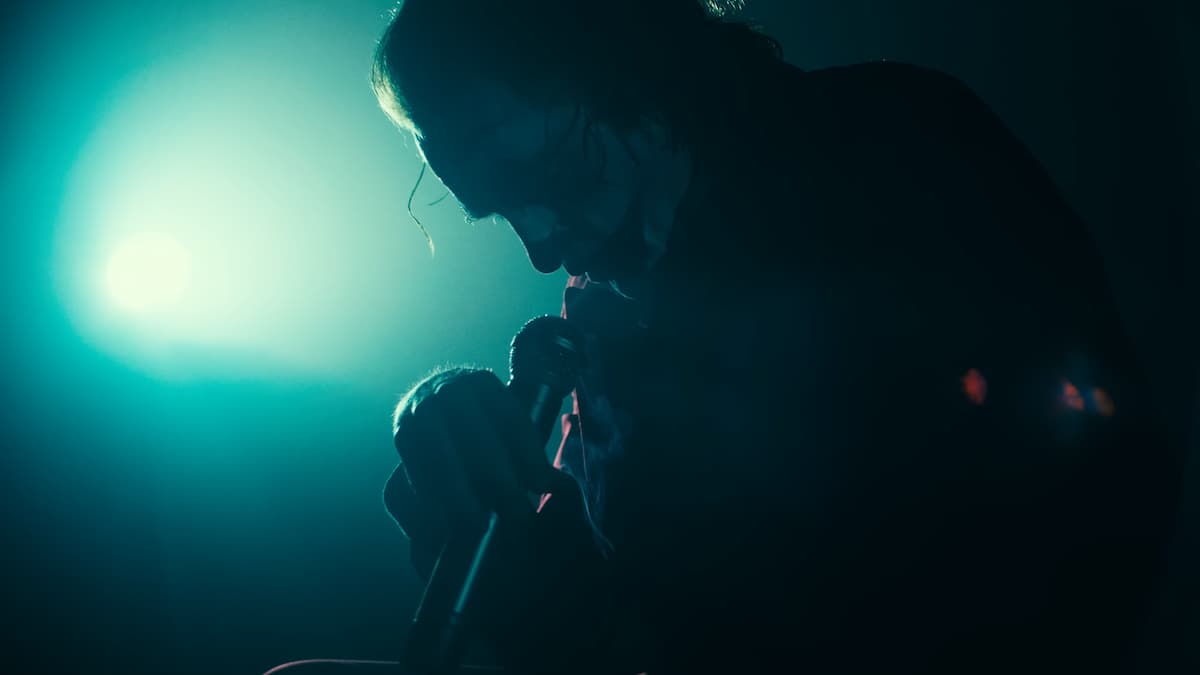
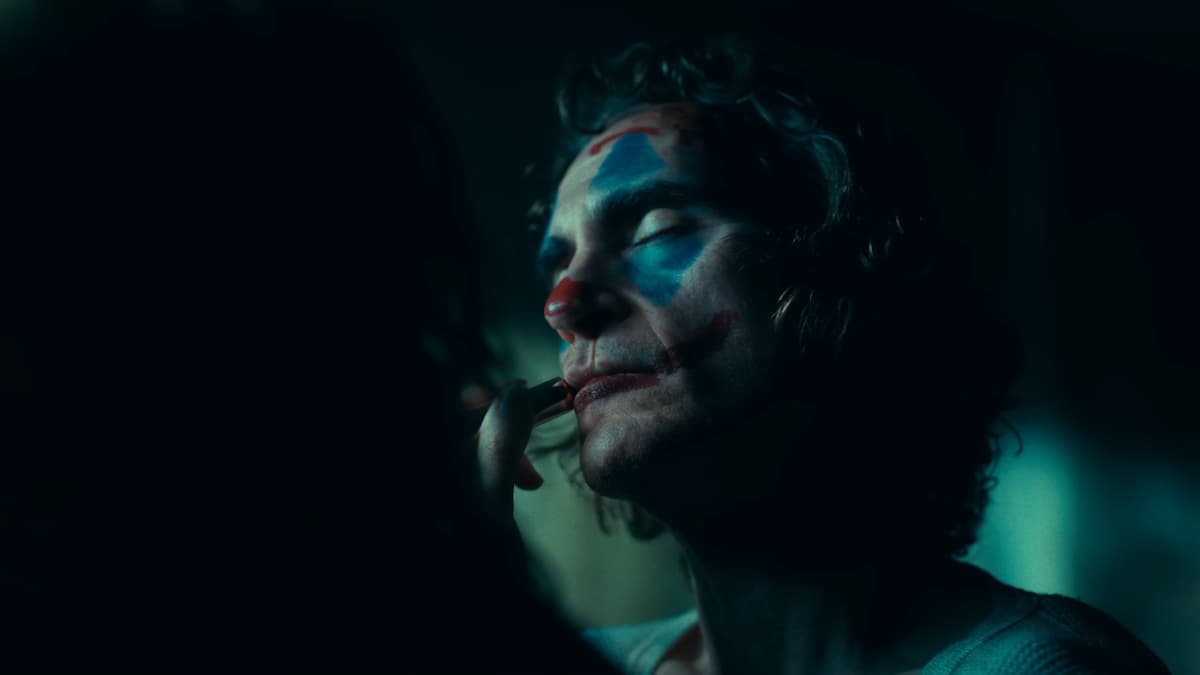
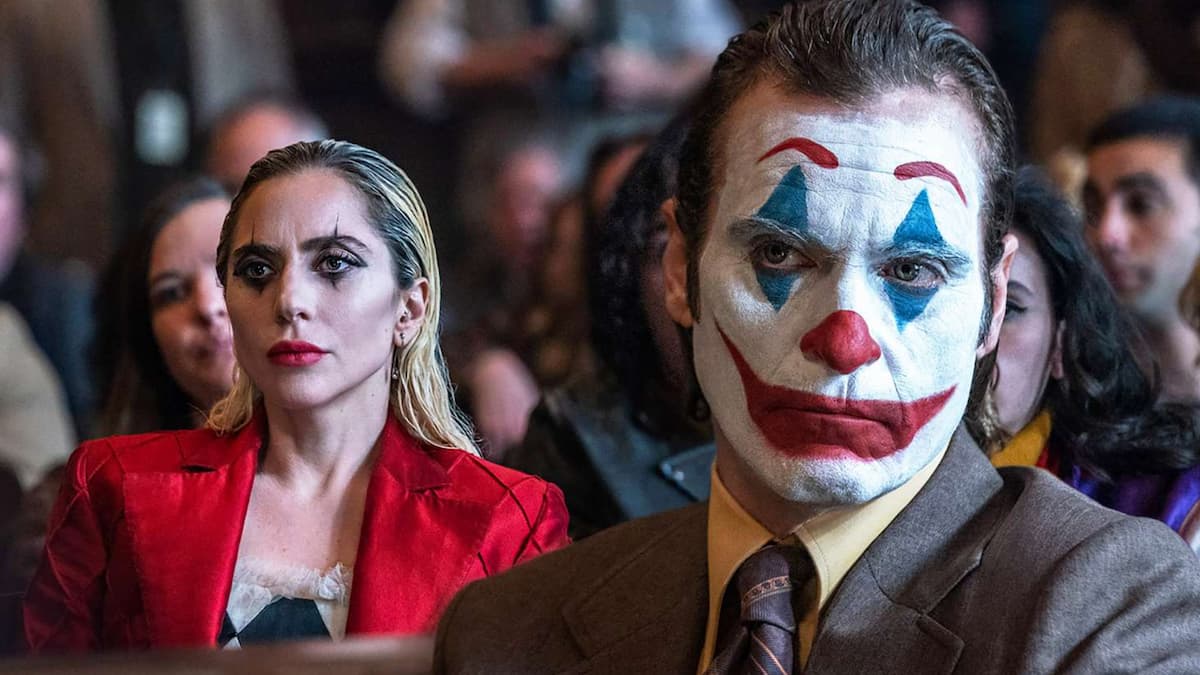
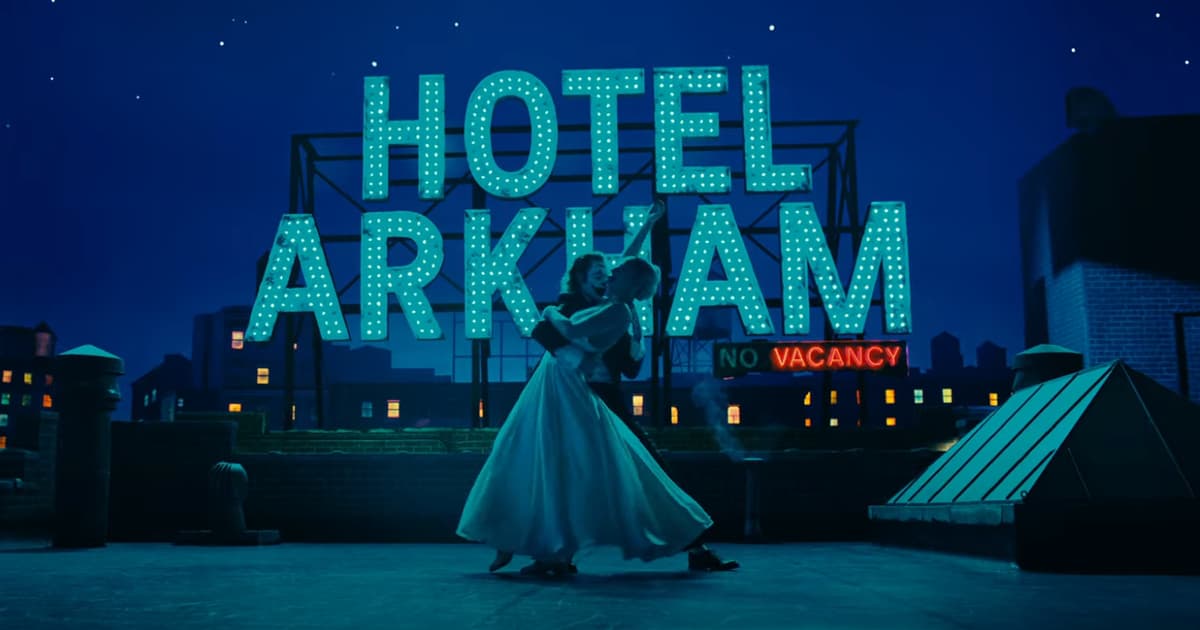
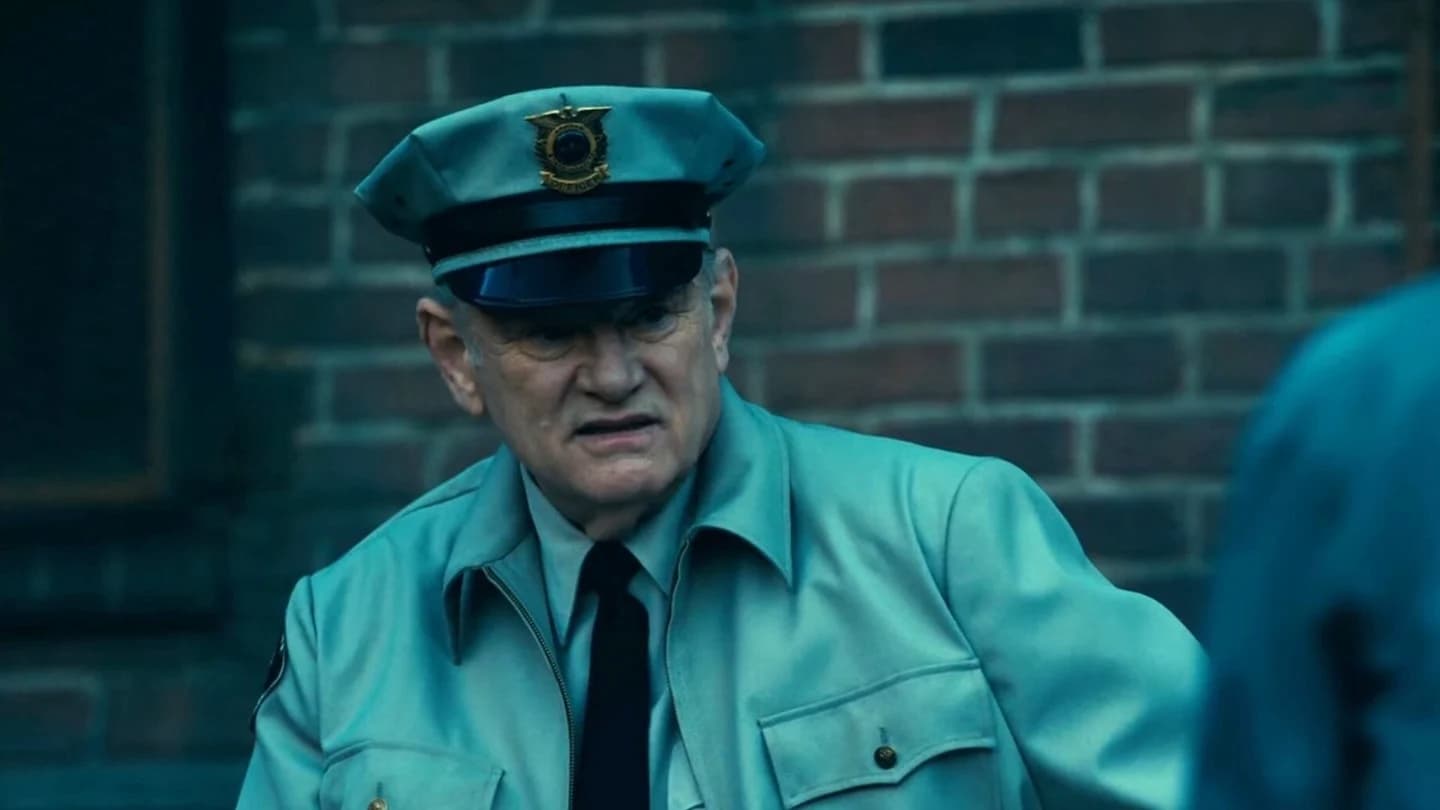
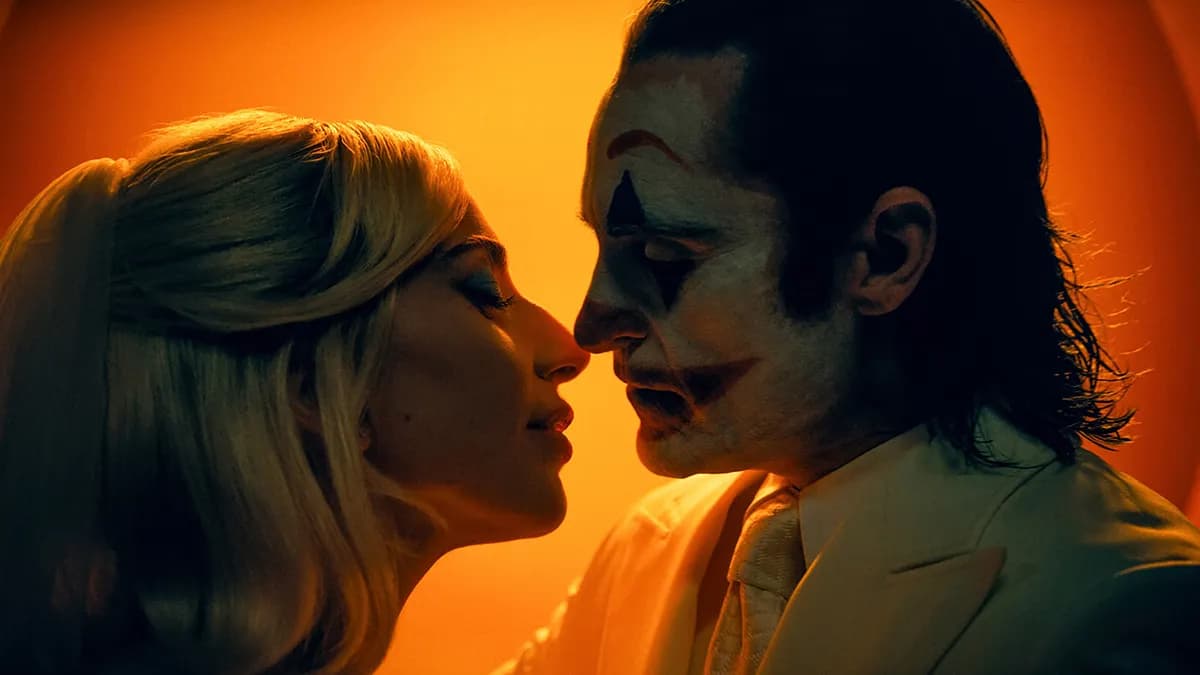
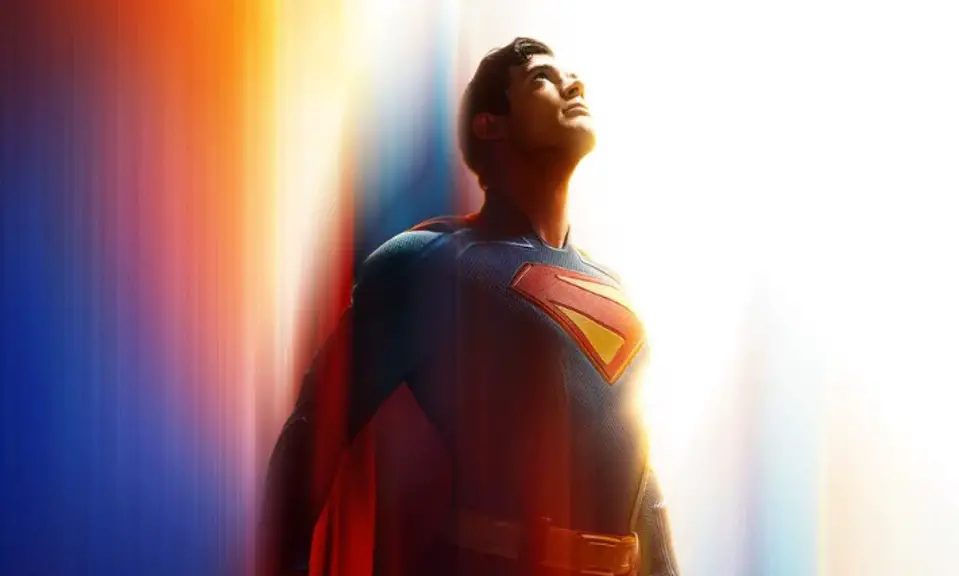
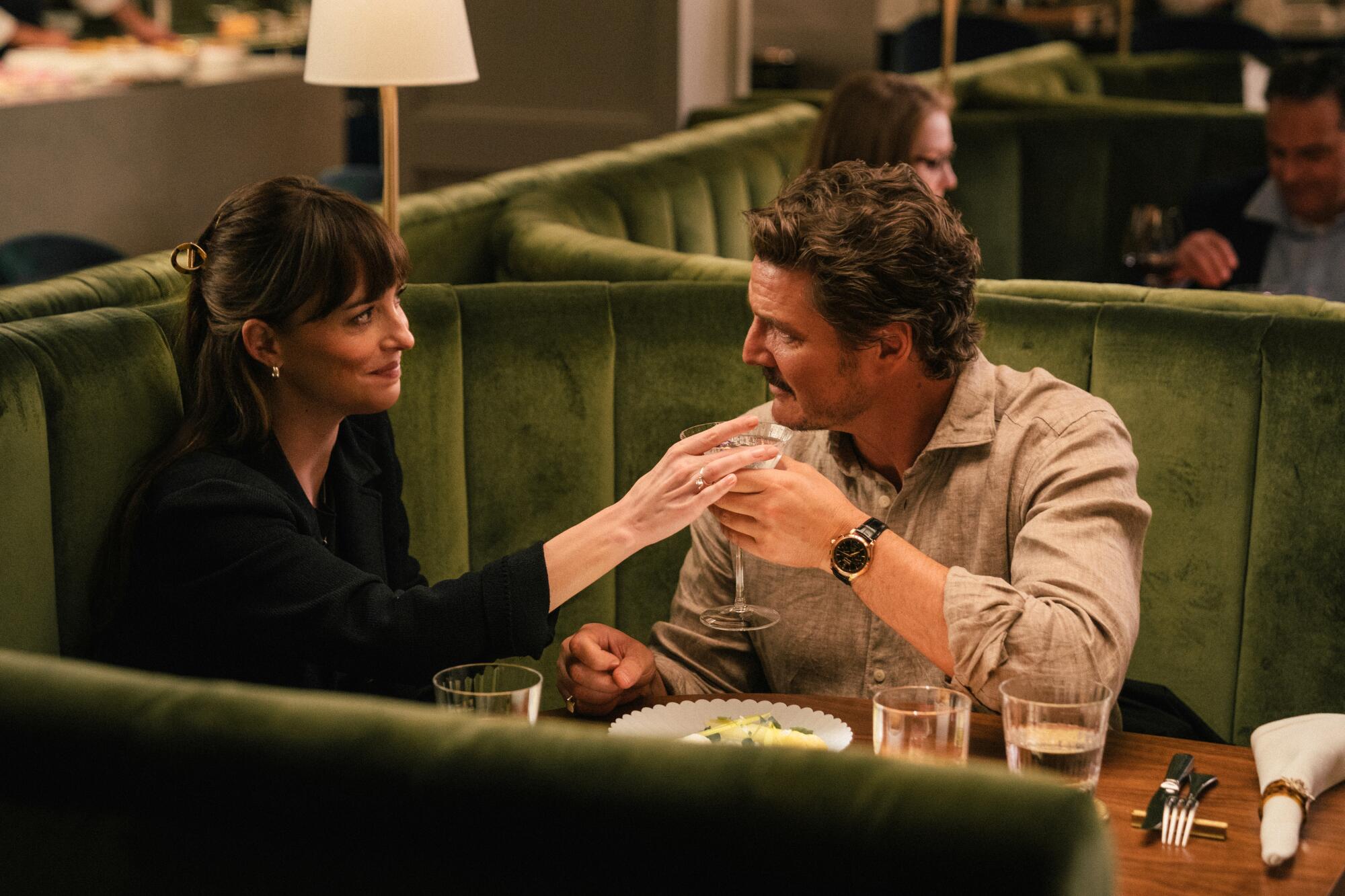
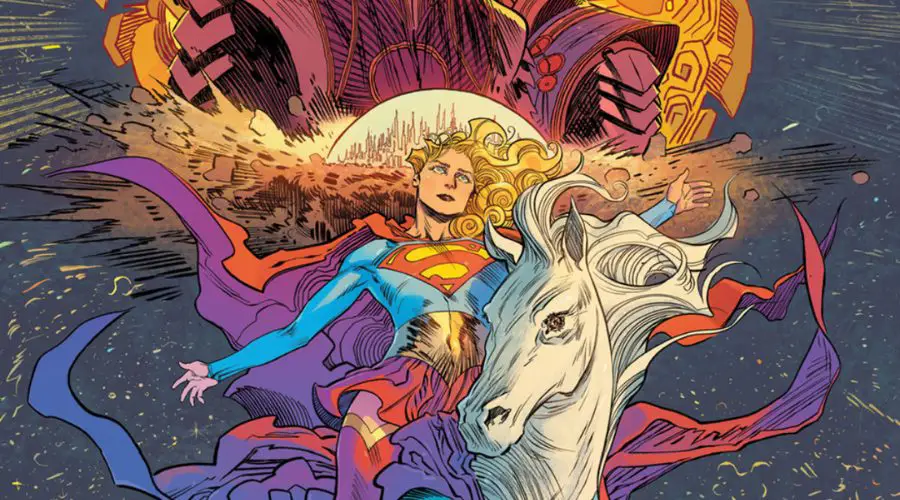
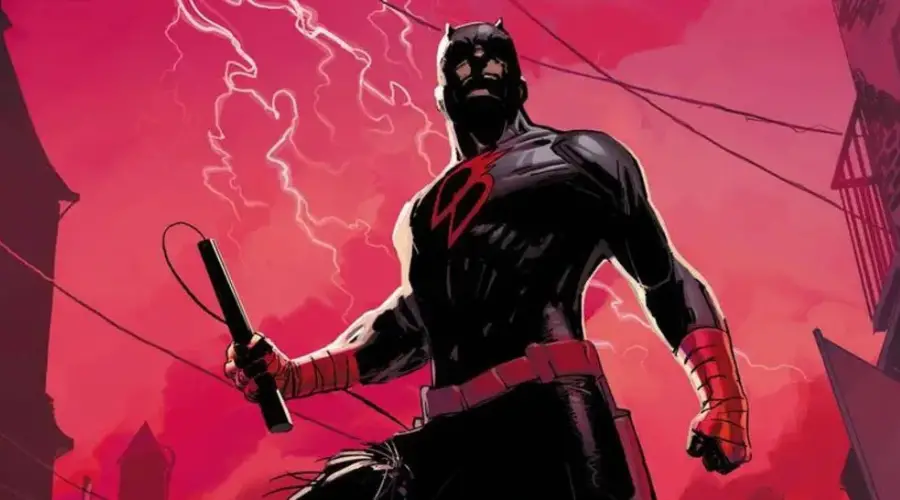
Leave a Comment